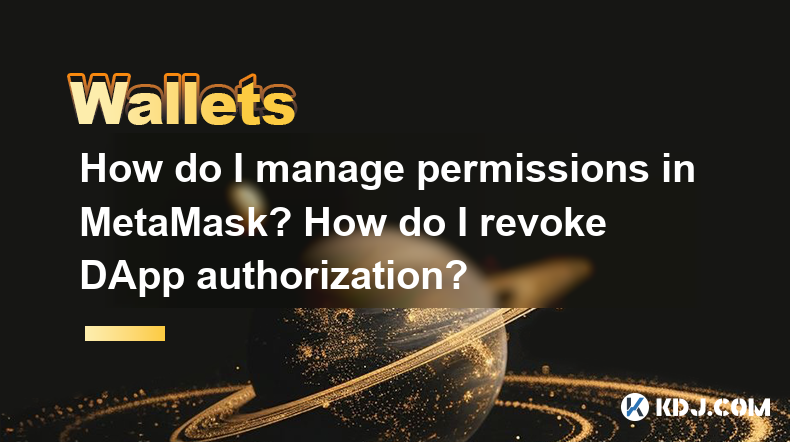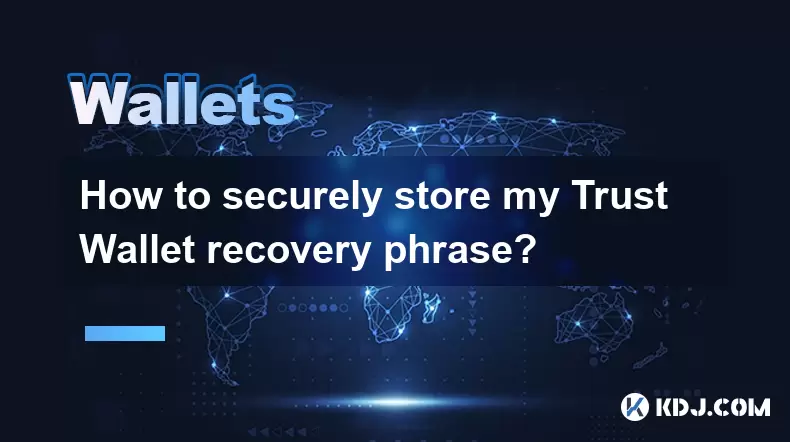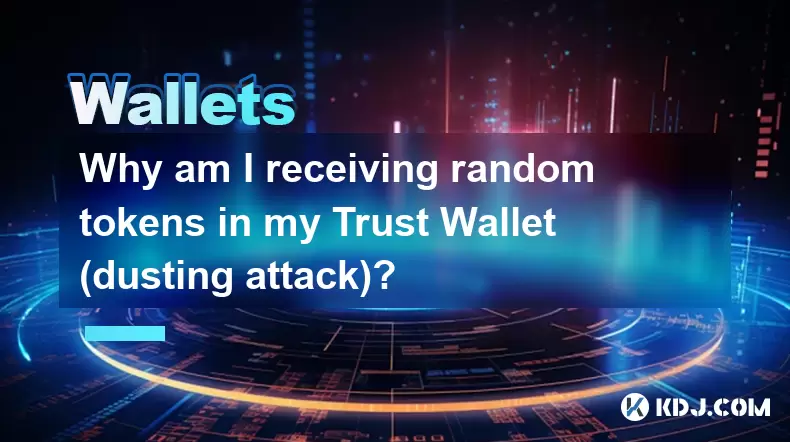-
 Bitcoin
Bitcoin $114200
0.00% -
 Ethereum
Ethereum $3637
0.56% -
 XRP
XRP $2.950
-2.01% -
 Tether USDt
Tether USDt $0.9999
0.02% -
 BNB
BNB $761.0
0.55% -
 Solana
Solana $164.1
-1.38% -
 USDC
USDC $0.9999
0.02% -
 TRON
TRON $0.3332
0.36% -
 Dogecoin
Dogecoin $0.2012
-0.52% -
 Cardano
Cardano $0.7261
-1.41% -
 Hyperliquid
Hyperliquid $37.62
-2.13% -
 Stellar
Stellar $0.3930
-2.65% -
 Sui
Sui $3.441
-0.16% -
 Bitcoin Cash
Bitcoin Cash $563.8
0.70% -
 Chainlink
Chainlink $16.50
0.09% -
 Hedera
Hedera $0.2424
-0.14% -
 Ethena USDe
Ethena USDe $1.001
0.01% -
 Avalanche
Avalanche $22.20
0.00% -
 Litecoin
Litecoin $118.0
-2.48% -
 UNUS SED LEO
UNUS SED LEO $8.991
0.12% -
 Toncoin
Toncoin $3.195
-3.87% -
 Shiba Inu
Shiba Inu $0.00001217
0.12% -
 Uniswap
Uniswap $9.674
-0.21% -
 Polkadot
Polkadot $3.633
1.00% -
 Monero
Monero $295.3
-0.82% -
 Dai
Dai $0.9999
0.00% -
 Bitget Token
Bitget Token $4.321
-0.41% -
 Cronos
Cronos $0.1392
0.73% -
 Pepe
Pepe $0.00001027
-0.89% -
 Aave
Aave $258.5
0.32%
How do I manage permissions in MetaMask? How do I revoke DApp authorization?
Learn to manage MetaMask permissions and revoke DApp authorizations to secure your crypto interactions. Regularly review and update permissions for enhanced control.
May 07, 2025 at 03:14 am

Managing permissions in MetaMask and revoking DApp authorization are crucial aspects of maintaining security and control over your cryptocurrency interactions. This article will guide you through the process of managing permissions and revoking DApp authorizations in MetaMask, ensuring you have a clear understanding of how to protect your digital assets.
Understanding MetaMask Permissions
MetaMask is a popular cryptocurrency wallet that allows users to interact with decentralized applications (DApps) on the Ethereum blockchain. When you connect to a DApp, MetaMask may request certain permissions to access your account information or perform transactions on your behalf. These permissions are essential for the DApp to function correctly, but it's important to manage them carefully to safeguard your assets.
To view and manage the permissions granted to DApps, you need to access the Connected Sites section in MetaMask. This section lists all the websites and DApps that have been granted access to your wallet, along with the specific permissions they have.
Accessing Connected Sites in MetaMask
To access the Connected Sites section in MetaMask, follow these steps:
- Open your MetaMask extension or mobile app.
- Click on the three dots in the top right corner to open the menu.
- Select Settings from the dropdown menu.
- Scroll down and click on Connected Sites.
In this section, you will see a list of all the DApps and websites that have been connected to your MetaMask wallet. Each entry will show the site's name, the permissions it has been granted, and an option to revoke those permissions.
Revoking DApp Authorization
Revoking DApp authorization is a straightforward process that allows you to disconnect a DApp from your MetaMask wallet and remove its access to your account. Here's how to do it:
- Navigate to the Connected Sites section as described above.
- Find the DApp or website you want to revoke authorization for.
- Click on the Revoke button next to the DApp's entry.
Once you click Revoke, MetaMask will immediately disconnect the DApp from your wallet, and it will no longer have access to your account information or be able to initiate transactions on your behalf.
Managing Specific Permissions
In addition to revoking entire DApp authorizations, MetaMask allows you to manage specific permissions granted to each DApp. This granular control can be useful if you want to limit a DApp's access to certain functions while still allowing it to perform others.
To manage specific permissions:
- Go to the Connected Sites section.
- Click on the DApp's entry to view its detailed permissions.
- You will see a list of permissions, such as View Your Account Address, Initiate Transactions, and Access Your Account Balance.
- Toggle the switches next to each permission to enable or disable them as needed.
By managing specific permissions, you can tailor the access each DApp has to your wallet, enhancing your security and control.
Reviewing and Updating Permissions Regularly
It's a good practice to review and update the permissions granted to DApps regularly. This ensures that you are aware of which DApps have access to your wallet and can revoke or modify permissions as needed.
To review your permissions:
- Access the Connected Sites section in MetaMask.
- Go through the list of connected DApps and review their permissions.
- Revoke or modify permissions for any DApp that you no longer trust or need.
Regularly reviewing and updating permissions helps you maintain a secure and controlled environment for your cryptocurrency interactions.
Handling Permission Requests
When you first connect to a DApp, MetaMask will prompt you to approve or deny the requested permissions. It's important to carefully review these requests before granting access.
When a DApp requests permissions:
- Read the permission request carefully to understand what access the DApp is seeking.
- Consider whether the requested permissions are necessary for the DApp's functionality.
- If you are unsure or uncomfortable with the requested permissions, you can choose to deny them.
By being cautious with permission requests, you can prevent unauthorized access to your wallet and protect your digital assets.
Frequently Asked Questions
Q: Can I reconnect a DApp after revoking its authorization?
A: Yes, you can reconnect a DApp after revoking its authorization. Simply visit the DApp's website again and follow the prompts to reconnect it to your MetaMask wallet. You will be asked to approve the permissions again.
Q: Will revoking a DApp's authorization affect my existing transactions or data on that DApp?
A: Revoking a DApp's authorization will not affect your existing transactions or data on that DApp. However, you will no longer be able to interact with the DApp using your MetaMask wallet until you reconnect it.
Q: Can I manage permissions for multiple MetaMask accounts separately?
A: Yes, you can manage permissions for multiple MetaMask accounts separately. Each account has its own set of connected sites and permissions, which you can access and manage individually within the MetaMask interface.
Q: Is there a way to see a history of permission requests in MetaMask?
A: Currently, MetaMask does not provide a feature to view a history of permission requests. However, you can review the current permissions granted to DApps in the Connected Sites section.
Disclaimer:info@kdj.com
The information provided is not trading advice. kdj.com does not assume any responsibility for any investments made based on the information provided in this article. Cryptocurrencies are highly volatile and it is highly recommended that you invest with caution after thorough research!
If you believe that the content used on this website infringes your copyright, please contact us immediately (info@kdj.com) and we will delete it promptly.
- Binance, CZ, and the FTX Fallout: The $1.8 Billion Question
- 2025-08-06 18:30:12
- Brendan Rodgers, Celtic, and the Greg Taylor Role: A Tactical Conundrum
- 2025-08-06 18:50:12
- Coinbase Stock, Investment, and Earnings: Navigating Crypto's Tides
- 2025-08-06 18:55:54
- DALPY Coin: Investor Buzz Swirls Around Upcoming 'Game-Changing' Features
- 2025-08-06 18:30:12
- BlockchainFX: Your Ticket to 1000x Crypto Gains in '25?
- 2025-08-06 19:30:12
- Dogecoin Price, Technical Indicators, and Trader Sentiment: A NYC Perspective
- 2025-08-06 19:35:12
Related knowledge

How to add TRC20 token to Trust Wallet?
Aug 04,2025 at 11:35am
Understanding TRC20 and Trust Wallet CompatibilityTrust Wallet is a widely used cryptocurrency wallet that supports multiple blockchain networks, incl...

How to securely store my Trust Wallet recovery phrase?
Aug 06,2025 at 07:14am
Understanding the Importance of Your Trust Wallet Recovery PhraseYour Trust Wallet recovery phrase, also known as a seed phrase or mnemonic phrase, is...

How to change the currency in Trust Wallet?
Aug 06,2025 at 07:14pm
Understanding Currency Display in Trust WalletTrust Wallet does not allow users to change the base currency used for valuation in the same way traditi...

Why am I receiving random tokens in my Trust Wallet (dusting attack)?
Aug 06,2025 at 10:57am
What Is a Dusting Attack in the Cryptocurrency Space?A dusting attack occurs when malicious actors send minuscule amounts of cryptocurrency—often frac...

What is a watch-only wallet in Trust Wallet?
Aug 02,2025 at 03:36am
Understanding the Concept of a Watch-Only WalletA watch-only wallet in Trust Wallet allows users to monitor a cryptocurrency address without having ac...

Why can't I connect my Trust Wallet to a DApp?
Aug 04,2025 at 12:00pm
Understanding DApp Connectivity and Trust WalletConnecting your Trust Wallet to a decentralized application (DApp) is a common process in the cryptocu...

How to add TRC20 token to Trust Wallet?
Aug 04,2025 at 11:35am
Understanding TRC20 and Trust Wallet CompatibilityTrust Wallet is a widely used cryptocurrency wallet that supports multiple blockchain networks, incl...

How to securely store my Trust Wallet recovery phrase?
Aug 06,2025 at 07:14am
Understanding the Importance of Your Trust Wallet Recovery PhraseYour Trust Wallet recovery phrase, also known as a seed phrase or mnemonic phrase, is...

How to change the currency in Trust Wallet?
Aug 06,2025 at 07:14pm
Understanding Currency Display in Trust WalletTrust Wallet does not allow users to change the base currency used for valuation in the same way traditi...

Why am I receiving random tokens in my Trust Wallet (dusting attack)?
Aug 06,2025 at 10:57am
What Is a Dusting Attack in the Cryptocurrency Space?A dusting attack occurs when malicious actors send minuscule amounts of cryptocurrency—often frac...

What is a watch-only wallet in Trust Wallet?
Aug 02,2025 at 03:36am
Understanding the Concept of a Watch-Only WalletA watch-only wallet in Trust Wallet allows users to monitor a cryptocurrency address without having ac...

Why can't I connect my Trust Wallet to a DApp?
Aug 04,2025 at 12:00pm
Understanding DApp Connectivity and Trust WalletConnecting your Trust Wallet to a decentralized application (DApp) is a common process in the cryptocu...
See all articles

























































































